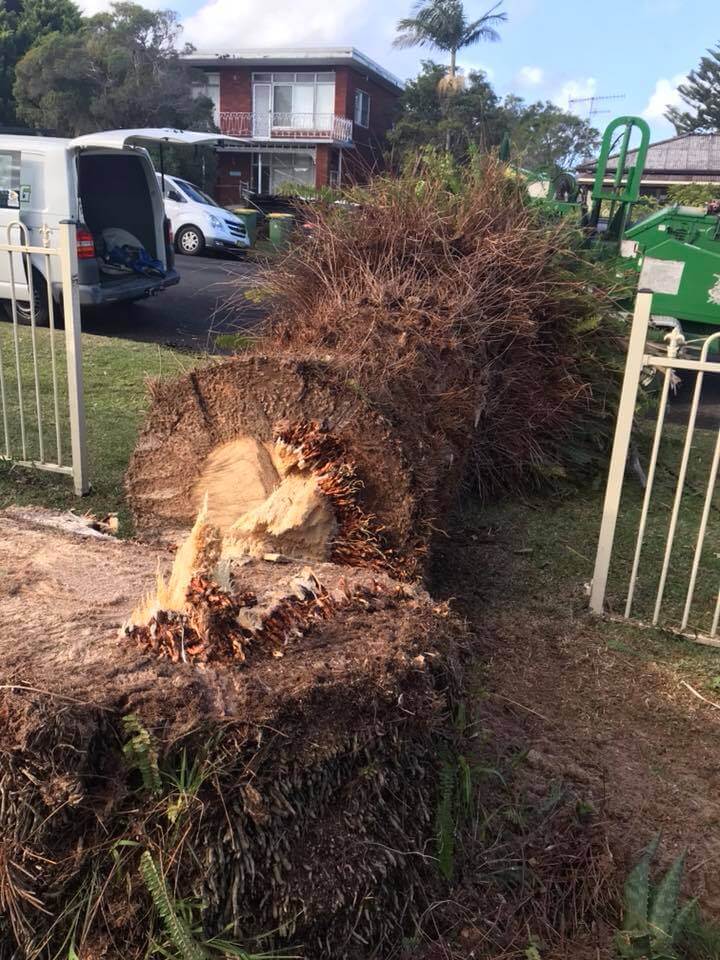Damaged or weakened trees that are in danger of falling need to be dealt with as soon as possible.
This is particularly important when there are potential falling targets in the surrounding area, including people, property, electrical lines, and cars.
Defective trees are extremely hazardous as they can fall over your house and cause injury to your family members in the process. Worse, in New South Wales you may even be held responsible for the potential damage or injury that can be caused by falling trees in the Land and Environment Court*
It’s imperative that you constantly check on your trees to ensure that there aren’t any signs of defects anywhere.
How can you spot these warning signs? This article will tell you how to recognize when your trees are in danger of falling so that you can get them removed as soon as possible.
1. Dead Limbs
Dead or dying branches are the most obvious signs of defective trees. Imagine a burst of strong wind or the weight of young kids climbing on weak branches. In such a case, it’s only a matter of time before the dead branches give way. If you notice that your tree has a lot of dead or dying branches on it, then it is suggestive of the tree’s poor health. When this happens, you need to remove all of these branches immediately to prevent further damage.

This tree could have caused issues if we didn’t remove it. You can see healthier trees around it…
2. Rubbing Branches
When tree branches are crossed or rub against each other too much, it can cause some damage. Again, when you see any crossed or rubbing branches in your tree, you should have them trimmed as soon as you can.
3. Cankers
A canker refers to the area where the bark is missing. Cankers are an indicator of the tree’s frail condition. Not only are they unsightly and an indicator of poor tree health, but they are often the weak points where the tree snaps.
4. Leaning Trees
If you notice one day that your tree is leaning, despite normally being upright, you need to take immediate action. That is because leaning trees can suggest the deterioration of support roots. To make sure, check if there is any cracked soil on the opposite side of the lean. Another thing to remember is that if the tree leans more than 15 degrees, it should be removed instantly.
5. Root Rot
Root decay is not easy to spot. Look for any mushrooms that may grow near the base of the tree as it would suggest that the tree is rotting inside meaning the tree most likely will have to be removed and the stump grinded by a stump grind expert. Moreover, if you spot thin crowns or strange leaf colour, chances are that the condition of the roots is far from ideal. Damaged roots are one of the reasons why a tree may be in poor condition and may eventually lead to collapse.
Summary
Just like any other living thing, trees are prone to dying and damage. However, what you can do is to closely monitor your trees so that you can get rid of hazard trees to ensure the safety of your property and your family. You should consider setting up a regular schedule for a professional arborist to inspect your trees at least once a year. The last thing you want is to wait until the last minute in which the damage may have already been done. The costs that you have to pay for the damage can be extremely high, which is why you should always make sure that your trees are healthy and not at risk of falling.
If you are looking for tree removal services on the Central Coast of NSW, get in touch with us to see how we can help.
